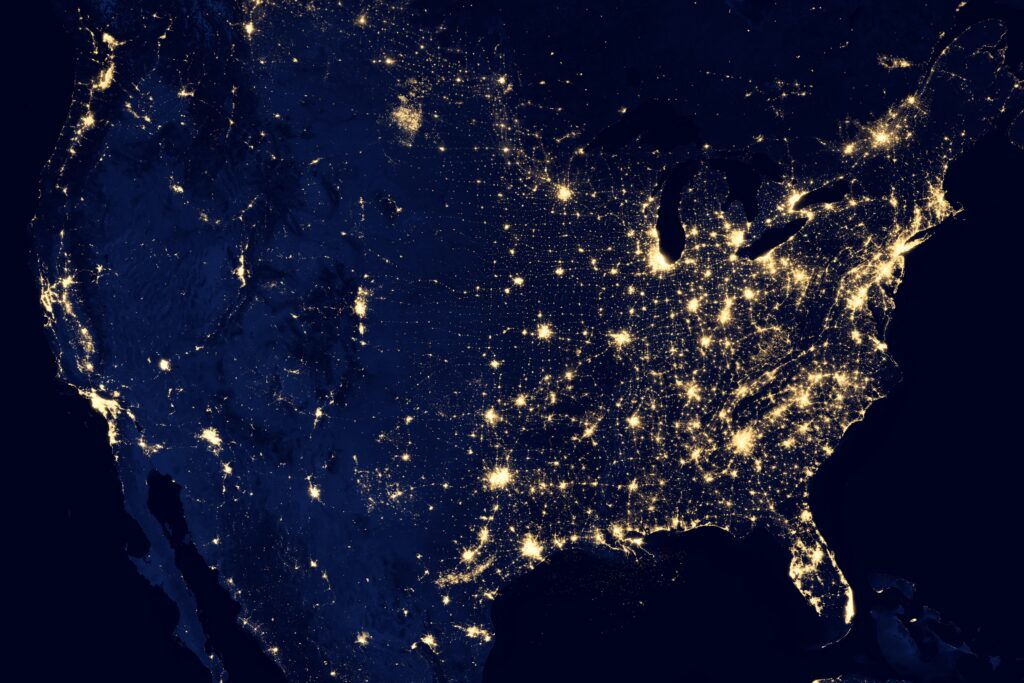 Big and small brands alike are using social media to connect to their customers. Some engage with their fans successfully, and others not so much. Nevertheless, no one questions the importance of building brand equity and engaging with customers on social media. Sixty-six percent of businesses plan to expand their use of social media and 91 percent want to learn how to better engage with clients and build communities, according to the Social Media Examiner 2015 report, which goes on to say that “engaging with customers is becoming a unique competitive advantage.”
Big and small brands alike are using social media to connect to their customers. Some engage with their fans successfully, and others not so much. Nevertheless, no one questions the importance of building brand equity and engaging with customers on social media. Sixty-six percent of businesses plan to expand their use of social media and 91 percent want to learn how to better engage with clients and build communities, according to the Social Media Examiner 2015 report, which goes on to say that “engaging with customers is becoming a unique competitive advantage.”
Those who do social media well, know that there are a few simple principles to adhere for success.
In this article, I will look at how brands and individuals are using these principles to push the social envelope and examine how the relationship between consumer and brand has fundamentally changed. I will also delve into the 24-hour nature of social media, the role of influencers and brand advocates who have become essential business partners for online marketers, and the dialogue inherent to social platforms.These evolutions call for new approaches.
Looking at Taylor Swift: Generating Influencer Interest with Novelty, Value, and Reward
Consumers are now faced with so much choice, it is difficult to make your product or service stand out from the crowd. That’s why your branding, presence, and interaction with your clients and fans can make all the difference, now more than ever.
Let’s take a look at Taylor Swift. Although her brand is far removed from the communities many businesses are trying to build, the pop megastar is one of the best at leveraging social media to speak directly to her fans and make a personal connection with those who follow her. Swift’s ideas are fun, fresh, and effective—the three things to aim for with whatever your product, price or position is.
In Swift’s Video, Shake It Off, for example, she dances with professional dancers, as well as fans who had contacted her via Twitter and Instagram. She also rewards her most loyal fans with care packages at Christmas and on one occasion gave a fan $1,989 (to pay her Student Loan)—and to promote her new album, 1989.
Of course, these things are a once in a lifetime opportunity for her followers, and it does several positive things: it involves her fans directly with her product, it encourages further engagement (“It could be me next time”), it positions Swift as being extremely generous and interested in her fans, and moreover, it creates a huge buzz amongst her follower base. You certainly don’t have to be a pop star to have to aim for that.
So what can you do? As an experienced marketer, you’ll know that social media and brand engagement is about trial and error, and finding out what works and what doesn’t. One of the first questions you should ask yourself when running a social media campaign is simple: What do my customers and followers want?
Of course every business is different, and every follower has their own agenda. But one thing that will always be true of your fans is that they want to be treated like individuals—like people, not leads. According to the ODM group, a staggering 74 percent of people turn to social media to influence their buying decisions and Nielson reports that 90 percent of consumers trust peer recommendations, whereas only 33 percent trust ads.
Each one of your clients—with their ever expanding networks of friends and followers—should therefore be considered an influencer. Most companies selling consumer products are aware that the success of their brands depends on dialogue with these consumers and how engaged or loyal their fan base is.
Other smart ways of catching your audience’s interest and using #hashtags to engage
You’ve probably noticed that hashtags are becoming the engagement mechanism of the web. We see them on Twitter, Instagram, Vine, Tumblr, Facebook among others and, according to Adweek, there are 65 million #hashtagged photos shared on every day on Instagram alone. Developing your own hashtag campaign can be a window to a world of interaction with your audience.
The Hilton Worldwide’s Curio campaign, “Be intrigued,” is ticking all the right boxes for user engagement and interest. The brand-driven campaign uses interesting facts and details in conjunction with black and white photography, all designed to pique the interest of travelers. The website gives the brand credence, and lets potential clients see their holiday destinations in a new light.
“The new website and campaign highlight the brand’s unique collection of hotels and illustrate the journeys of discovery that let our guests be intrigued in each of the communities we serve,” said Dianna Vaughan, global head, Curio—A Collection by Hilton.
The key for campaigns such as this one is that they add value and encourage users to take a another look and share the content, becoming brand ambassadors.
Hilton understands that #hashtags are the organizing and engagement mechanism of the social web and used intelligently can stimulate virality. Earlier this year, the hotel chain also asked their followers to get on board with a new campaign and competition that takes a different approach. The #myhamptonmemory competition gave participants the opportunity to win 500,000 Hilton HHonorsTM Points if they submitted original photos and video, framed in a Hexagon (mimicking the Hampton’s own logo).
According to the Hotel website, “Travelers can simply use their hands to frame their special moment or use found materials such as seashells or a graduation cap that symbolically communicate a unique travel story.” Furthermore, some of the winning images will be selected for the chain’s ‘We Go Together’ 2016 ad campaign.
Hilton adds value, focuses on its customer experience, and rewards participants with something that only they can provide. This is a great set of principles to carry forward into your own social media strategy.
Harnessing User-Generated Content (UGC) and making your campaign and your rewards a reflection of your brand
Hundreds of millions of photos and videos are posted online every day, considering that 65 percent of consumers trust word of mouth more than they trust brand photos, it makes a lot of sense for brands to reappropriate this content, with explicit user consent, of course.
Successfully branded campaigns for products (as opposed to services) are a little different. Apple, for example, has also crowdsourced content for its ‘Shot on an iPhone 6’ campaign. By asking users to submit photos and videos to be featured on billboards, TVs and in print media, the company not only got its customers involved, but also highlighted their enthusiasm for the new product.
Moreover, the quality of the iPhone 6 camera is undoubtable—all the videos features in the 10,000-plus installations across 25 countries were user generated. The campaign was described as a ‘game changer’ and won a Cannes Lion Award for its ingenuity and creativity. It’s a brilliant example of how a brand can harness UGC for powerful effect.
However, even if we take a look at a completely different business and approach, we can still see how the same principles of a strong brand focus and relevance to the consumer apply.
Kehlani, a fast rising R&B star, lead a “Sing Your Favorite Kehlani” Challenge on the app ChallengeMe, earlier this year, where she offered to FaceTime with the winner. Her excited fans took up the challenge and submitted more than 1,500 of videos in 2 days.
The campaign shows superb creativity and underlines just the importance of giving back to your clients and fans and engaging in dialogue.
So, what’s the real secret to brand engagement?
The first part of the secret is to create a product or service so awesome that everyone wants to get involved and spread the message. The second part is to make sure that your social campaigns are relevant to your product, brand or service. Identify your brand advocates, get your customers involved from the outset if you can; your aim is to have your followers contribute ideas, feedback, videos, photos and content. Your #hashtags, rewards and prizes should have a direct relevance to your product; if you have a hotel chain, offer a free trip as a prize, if you have an app, perhaps offer a new phone to test it out on.
At the end of the day, a quality product in combination with an authentic brand are still the core ingredients to a successful marketing campaign. However, the nature of your brand’s relationship to your audience is changing and it is essential to understand that you are in dialogue with your customers 24/7. We may lose a little control—for sure, some of your brand voice will be given over to your biggest advocates—but as Apple, Hilton, and Taylor Swift illustrate, the rewards can be great.
Cameron McLain is co-founder and CEO of Los Angeles-based BeeHive.











